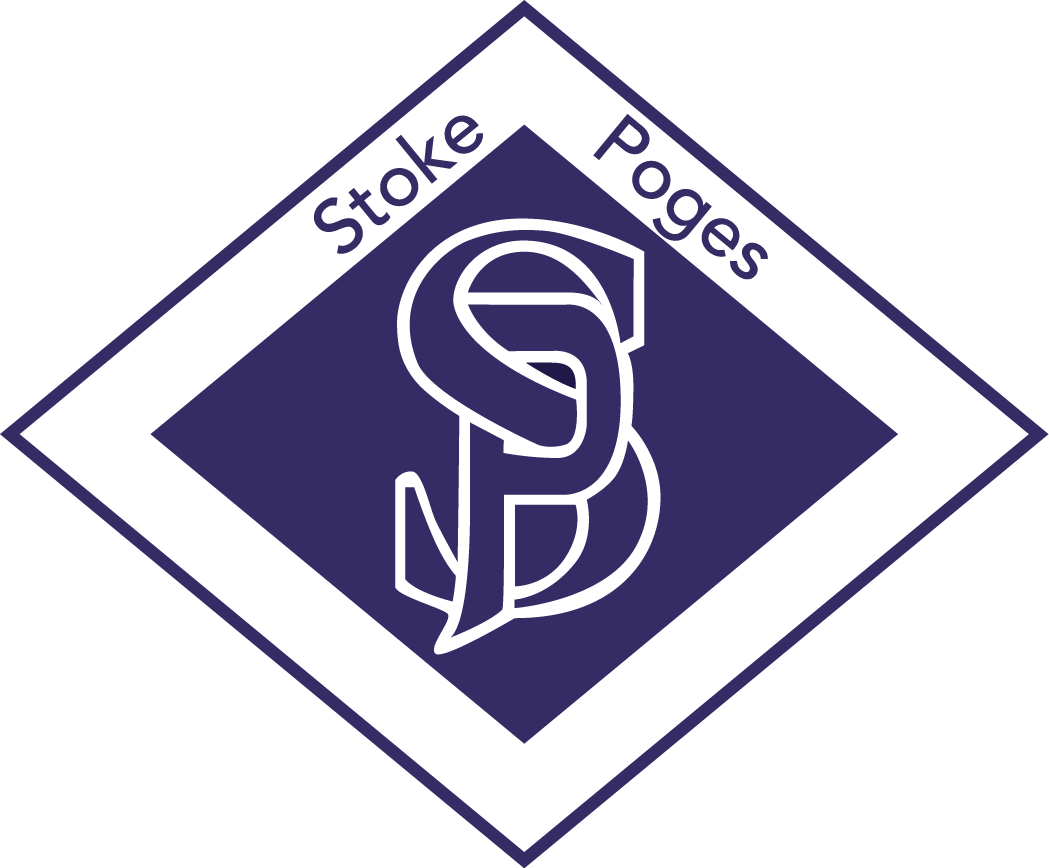We are Designers
At The Stoke Poges School, we believe that Design and Technology offers a unique opportunity to foster children’s curiosity and develop practical skills. We want our children to become creative thinkers and imaginative problem solvers who design and make products that solve real and relevant problems within a variety of contexts. Design Technology allows pupils to make real life links between their work and the work of engineers, architects, and designers. It compliments subjects such as art and design, science and computing. Work often connects with on-going topics in these areas, which allow pupils to understand the importance of designing and making in everyday life. It allows them to become aware of how technology is all around us and how technology advances.
What are we aiming for?
In Design Technology we aim to:
- Develop creative, technical and practical expertise needed to perform everyday tasks confidently and to participate successfully in an increasingly technological world
- Build and apply a repertoire of knowledge, understanding and skills in order to design and make high-quality prototypes and products
- Critique, evaluate and test ideas and products and the work of others
- Understand and apply the principles of nutrition and learn how to cook
How do we achieve this?
Planning for Design and Technology is based on the DT associations projects on a page. A challenge is posed, existing products are evaluated, new techniques are taught through focused practical tasks, before engaging in designing, making and evaluating a product. Designers are thoughtfully selected to reflect our school community.
Children are encouraged to investigate, plan, adapt and evaluate their work while working on their own, in pairs and small groups. This develops their co-operation and understanding of how people have differing areas of strength and expertise. They gain an understanding of materials, structures, mechanisms and controls whilst thinking about what the product will be used for and the needs of those who use them. They learn how to safely use a variety of tools under supervision to create quality items.
Children are given regular opportunities to develop their understanding of the technological world. They will evaluate past and present design technology and the ways that these have influenced modern society. This will allow our children to have a more critical approach to their own designs and creations.
Throughout their learning in this subject, children will be encouraged to take risks when designing and making their products. Lessons will be hands on and engaging, with the children having access to lots of resources and materials. They will be encouraged to think critically in order to evaluate their past prototypes and when testing their current designs. This will allow the children to build upon their artistic skills and become more resourceful.
We want the children to develop their imagination, their critical thinking and their understanding of the world around them through their love of Design Technology.
Design technology in the Early Years
During the EYFS the essential building blocks of design and technology are established. There are regular opportunities for children to carry out DT activities across all areas of learning. By the end of EYFS children should be able to:
- Construct with a purpose in mind, using a variety of resources
- Use simple tools and techniques competently and appropriately
- Build and construct with a wide range of objects, selecting appropriate resources and adapting their work where necessary
- Select the tools and techniques they need to shape, assemble and join the materials that they are using
Children will be provided with a range of materials to construct with, they will have the opportunity to work together to develop and realise their creative ideas. Children will be taught different techniques for joining materials, using glue, tape and string. Children will be taught how to use materials safely, with care and precision, with the aim that children will develop independence to select the tools and materials they need to carry out an idea.
Assessment and monitoring
In design and technology, teachers assess children’s progress by making observations during lessons and through discussions, using evidence in books and evaluating end products.
Assessment is used to inform future lessons, ensuring children are supported and challenged appropriately. Due to the practical nature of DT, evidence of tasks undertaken by children can be in the form of 2D displays, 3D models and photographs of their work. At the end of a unit, children review their own work, focusing on an evaluation of the finished product and how effectively it meets the design brief.
Design and Technology is monitored through a variety of strategies, including: planning and project booklet scrutinies, drop ins and pupil voice activities.
